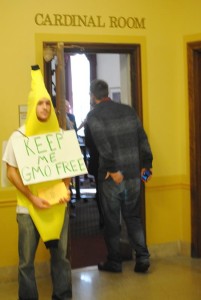Beware of Blue Strawberries

It seems like every spring I need to solve a crisis around blue strawberries, mythical creatures that someone is exploiting for fame or fortune. Here we are again. Several years ago a clever student asked a rhetorical question to the internet about the utility of a blue, "GMO strawberry". Despite no such critter, the internet exploded, causing the US strawberry industries to have me draft a press release. It was that crazy. All because of a photoshopped strawberry. The CMO. Computationally Modified Organism. Here we are again. It turns out that unscrupulous off-shore entities are dealing in fictitious plants. I was alerted to ads on Ebay and Amazon that present these photoshopped seeds. According to the sellers these are novel products for the garden. Notice that most of these get rather poor ratings, on par with unicorn jerky and bigfoot-fur sweaters. Things that don't exist never perform to the buyer's satisfaction. Most of





